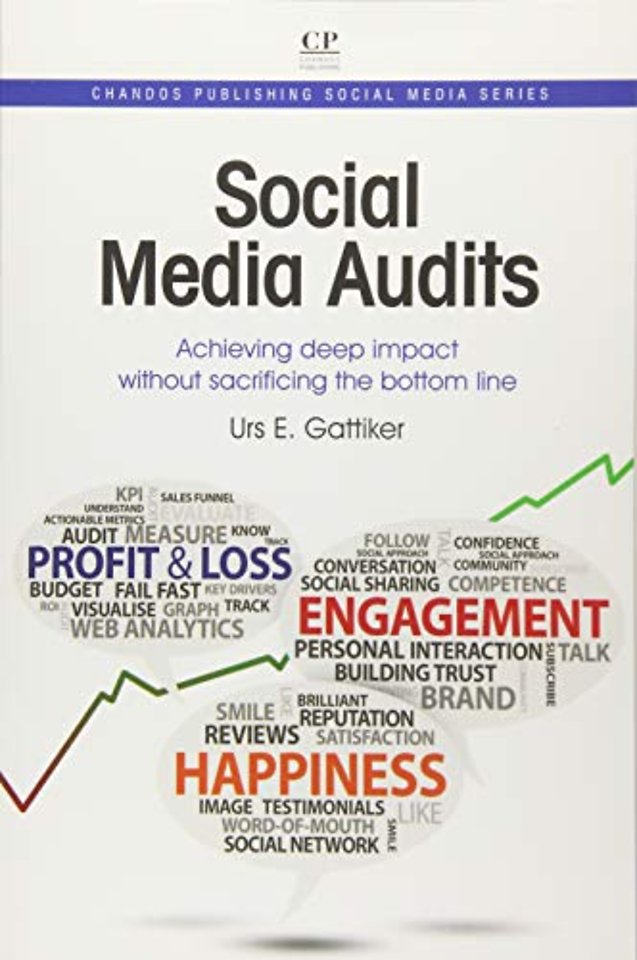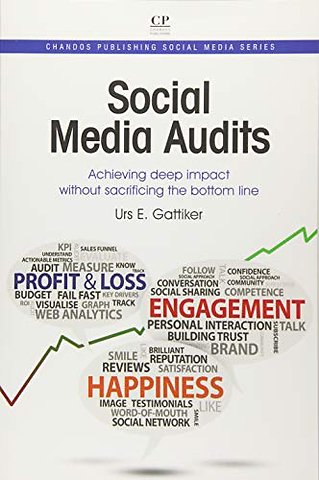<ul> <li>List of figures and tables <ul> <li>Figures</li> <li>Tables</li></ul></li> <li>About the author</li> <li>Preface</li> <li>Introduction <ul> <li>I.1 Business context matters</li> <li>I.2 Where are we going?</li></ul></li> <li>Part 1: Setting the stage, or what it’s all about <ul> <li>Introduction <ul> <li>Setting the stage</li></ul></li> <li>1. Looking under the hood <ul> <li>Abstract:</li> <li>1.1 Social media: A workable definition</li> <li>1.2 Why context matters</li> <li>1.3 Strengths, weaknesses, opportunities and threats (SWOT)</li> <li>1.4 Your social media purpose</li> <li>1.5 Where we stand</li> <li>1.6 Conclusion</li> <li>References</li> <li>Appendix 1a Ropes to skip</li> <li>7 Managing risks – every word comes with its own metadata.</li> <li>8 Do not treat social media marketing as a separate activity.</li> <li>9 Do not think LinkedIn, Xing, Viadeo, et al. are sales tools.</li></ul></li> <li>2. Who is driving? <ul> <li>Abstract:</li> <li>2.1 Social capital</li> <li>2.2 Social sharing</li> <li>2.3 Brand and reputation</li> <li>2.4 Do we blast or engage?</li> <li>2.5 Why social media can fail us</li> <li>2.6 Taking inventory: Skill-sets matter</li> <li>2.7 Conclusion</li> <li>References</li> <li>Appendix 2a Avoiding the epic fail: Manage your social media engagement</li></ul></li> <li>3. Plan your trip <ul> <li>Abstract:</li> <li>3.1 Target audience</li> <li>3.2 Improving the customer experience</li> <li>3.3 Walk the walk</li> <li>3.4 What kinds of interaction help clients most?</li> <li>3.5 Shortened URLs have no shelf life</li> <li>3.6 The importance of positioning in the purchase cycle</li> <li>Conclusion</li> <li>References</li> <li>Appendix 3a Starting off on the right foot</li></ul></li> </ul></li> <li>Part 2: Driving with better benchmarks: The data game <ul> <li>Introduction</li> <li>4. Start your engine <ul> <li>Abstract:</li> <li>4.1 Customers can work magic on your staff</li> <li>4.2 Strategy</li> <li>4.3 What is a workable social media strategy?</li> <li>4.4 If necessary, shift strategy</li> <li>4.5 Where are we now?</li> <li>4.6 E-marketing – paid versus earned media</li> <li>4.7 Customers are not always the end-users</li> <li>4.8 Know the conversation – and own it</li> <li>4.9 The strategy: Saving the client time and/or money</li> <li>4.10 Decide which platforms to use</li> <li>4.11 Set a budget and give your team the right tools</li> <li>4.12 Failure to listen</li> <li>4.13 Conclusion</li> <li>References</li> <li>Appendix 4a Client focus: Seven fallacies</li></ul></li> <li>5. Drive: Move beyond impressions <ul> <li>Abstract:</li> <li>5.1 What is the purpose of data collection?</li> <li>5.2 Using a framework: Business analytics</li> <li>5.3 Statistics and type of analysis</li> <li>5.4 Variables needed for measurement</li> <li>5.5 Finding metrics that suit our data crunching needs</li> <li>5.6 Is a picture worth a thousand words?</li> <li>5.7 Conclusion</li> <li>References</li> <li>Appendix 5a Measurement: When less is more</li></ul></li> <li>6. Quick tune-up <ul> <li>Abstract:</li> <li>6.1 Manage and monitor the process cycle</li> <li>6.2 Monitor process quality</li> <li>6.3 Assess resource adequacy</li> <li>6.4 The magic of good service</li> <li>6.5 Assess and review performance</li> <li>6.6 Improving processes and performance</li> <li>6.7 Do the numbers really add up?</li> <li>6.8 Conclusion</li> <li>References</li> <li>Appendix 6a Preparing for the Dakar Rally: The monitoring and analytics journey</li></ul></li> </ul></li> <li>Part 3: With traction and insight, everything is obvious <ul> <li>Introduction</li> <li>7. Case Study – Bakery <ul> <li>Abstract:</li> <li>7.1 Purpose of social media use</li> <li>7.2 Define your target audience</li> <li>7.3 Sometimes, rules are meant to be broken</li> <li>7.4 Accelerating the learning curve</li> <li>7.5 Strategy and key drivers</li> <li>7.6 Assess and review: You cannot beat free</li> <li>7.7 Actionable metrics</li> <li>7.8 Quality management and improvement</li> <li>7.9 Conclusion</li> <li>References</li> <li>Appendix 7a Learn to walk before you sprint</li> <li>Appendix 7b On successful social media use</li></ul></li> <li>8. Case study – Hospital <ul> <li>Abstract:</li> <li>8.1 Social media audit: Inventory</li> <li>8.2 Reviewing customer experience and performance</li> <li>8.3 Improving process and performance</li> <li>8.4 Honing relevance for better social sharing and engagement</li> <li>8.5 Improving impact</li> <li>8.6 Improving the process: Many quick steps make a difference</li> <li>8.7 Conclusion</li> <li>References</li> <li>Appendix 8a Making sense of data and improving social media use</li></ul></li> <li>9. Conclusion <ul> <li>Abstract:</li> <li>9.1 The ropes to skip</li> <li>9.2 Talking the talk without walking the walk</li> <li>9.3 Doing homework improves performance</li> <li>9.4 How to avoid being the next social media screw-up</li> <li>9.5 Social media brings increasingly demanding customers</li> <li>9.6 Conclusion</li> <li>References</li> <li>Appendix 9a Context matters</li> <li>Appendix 9b Social media crisis management: A no-nonsense guide</li></ul></li> </ul></li> <li>Index</li></ul>

